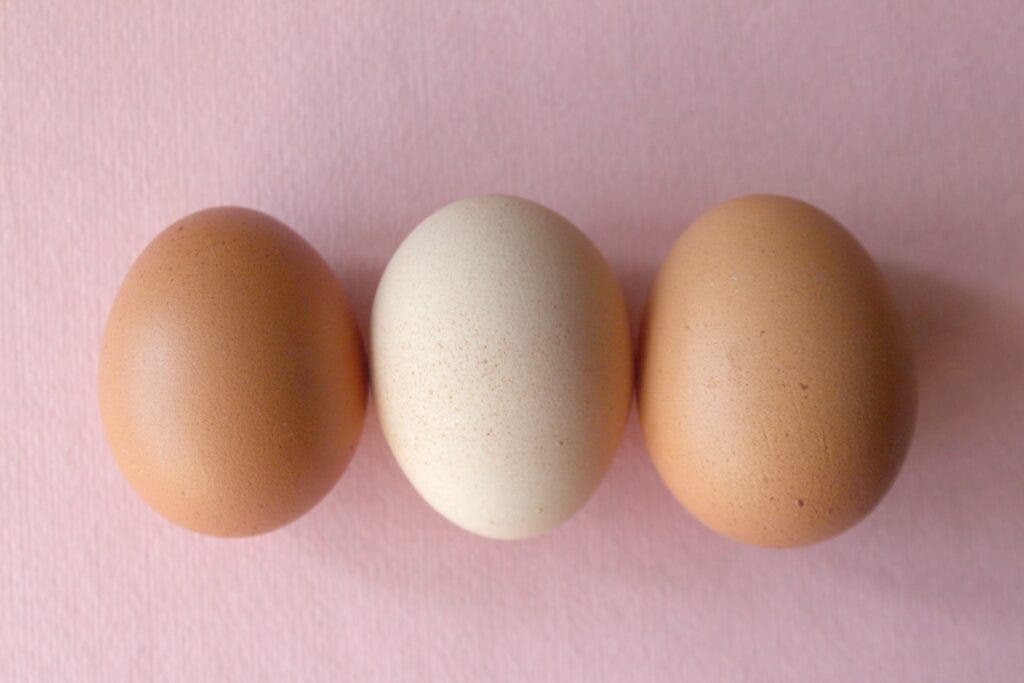Mathematicians, biologists, and even engineers have invested a surprising amount of time and effort into analyzing the shape of an egg. However, there are a few aspects that make eggs’ geometry special.
The egg is structurally sound enough to bear weight, while also being small enough to exit the body of some 10,000 species on Earth. The egg also rolls away on its side, but once it’s laid vertically, it doesn’t roll anymore.
Despite many efforts, however, eggs have resisted attempts to define their shape with an equation. Until now.

The new mathematical formula is based on four parameters: egg length, maximum breadth, the shift of the vertical axis, and the diameter at one-quarter of the egg length. Sounds simple enough, though the formula itself is anything but simple (as we’ll see in a moment).
Analysis of all egg shapes can be done using four geometric figures, the researchers explain — sphere, ellipsoid, ovoid, and pyriform (conical or pear-shaped). The first three are clearly defined mathematically, but the fourth is more problematic.
“Pyriform” is basically a fancy word for pear-shaped, and a mathematical formula for the pyriform profile hadn’t been developed until now. “To rectify this”, the researchers explain, “we introduce an additional function into the ovoid formula.”

There’s a philosophical reward to mathematically understanding eggs, says Dr. Michael Romanov, Visiting Researcher at the University of Kent, and study author, explains:
“This mathematical equation underlines our understanding and appreciation of a certain philosophical harmony between mathematics and biology, and from those two a way towards further comprehension of our universe, understood neatly in the shape of an egg.”
But there’s more than just cracking one of nature’s mysteries here. There are some very useful applications to this formula. For starters, it is useful in biology research where it could help researchers better understand egg evolution and egg incubation for desired species. In the poultry industry, it could help to optimize equipment that works with egg shape or volume. It could also help researchers design new bio-inspired structures.
Dr. Valeriy Narushin, a former visiting researcher at the University of Kent, added:
“We look forward to seeing the application of this formula across industries, from art to technology, architecture to agriculture. This breakthrough reveals why such collaborative research from separate disciplines is essential.”
Well, all that’s left now is to look at the formula itself. Good luck.

If you’d like to take a deeper dive into what it all means, feel free to check out the full study here.









